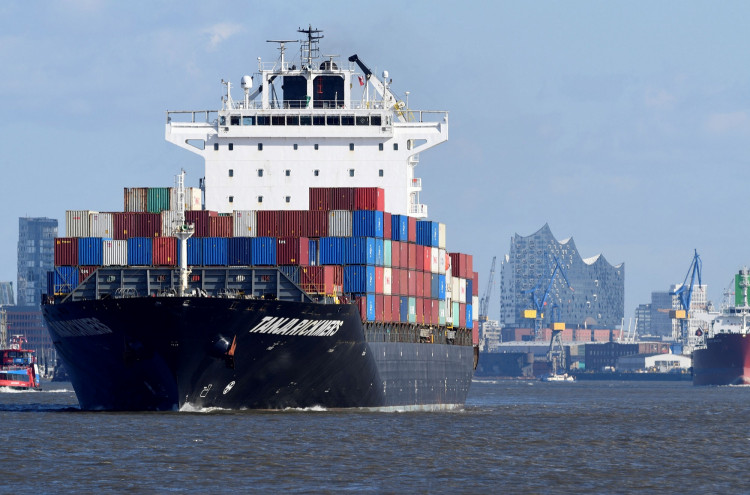Two of the world's largest container ships, namely the MSC SAMAR and the MSC MINA, just docked at the port in Xiamen, China. Each of the ships carried a record of 22.49 tons of cargo. The docking of the ships at the Xiamen Songyu Container Terminal officially set the record for the port of Xiamen as having the world's largest berthing capacity.
Each ship is about 400 meters long, 61 meters wide, and 81 meters high. The two container vessels, which were designed to be energy-efficient and environmentally friendly, were delivering cargo bound for the Chinese market.
When MSC MINA arrived at the port, the facilities were run to its fullest capacity to unload the ship's more than 3,000 containers and load the same amount of cargo bound for other ports. The cargo that was loaded was filled with various items ranging from clothing, seafood, electronics, and other items bound for countries along China's 21st Century Maritime Silk Road. This includes key ports along the route such as those in Singapore, Malaysia, Sri Lanka, Morocco, and Oman.
Only a handful of ports globally are able to accommodate the two ships as they require substantial load capacities, depth of water, waterway management, and unique vessel management systems. The container terminal in Xiamen, run by Xiamen Port Holding Group, is situated in a natural deep-water port featuring five deep-water berths. The facilities also boast advanced terminal facilities that can handle and service all types of cargo vessels.
Officials have stated that the docking of the two ships at the port is a landmark breakthrough for China's shipping industry as it moves forward with the development of its proposed 21st century Maritime Silk Road. Over the past couple of years, China has worked tirelessly to develop its shipping industry and infrastructure to accommodate increasingly larger mega vessels that were required to meet the growing global logistics demand.
To accommodate these new sea-faring behemoths, ports around China have gradually been updated and upgraded using better equipment and technologies. The Port of Xiamen, as an example, had significantly increased its berthing capacity from 18,000 TEUs in 2013 to over 23,000 TEUs as of this year.
China's 21st Century Maritime Silk Road, which is part of its much larger Belt and Road Initiative, has managed to transform the global shipping industry by developing terminal operation standards, advancing technologies for cargo transfers, and other operational enhancements. Global container shipping companies have also responded well to China's initiatives, actively collaborating and contributing to the continued growth of the industry.






